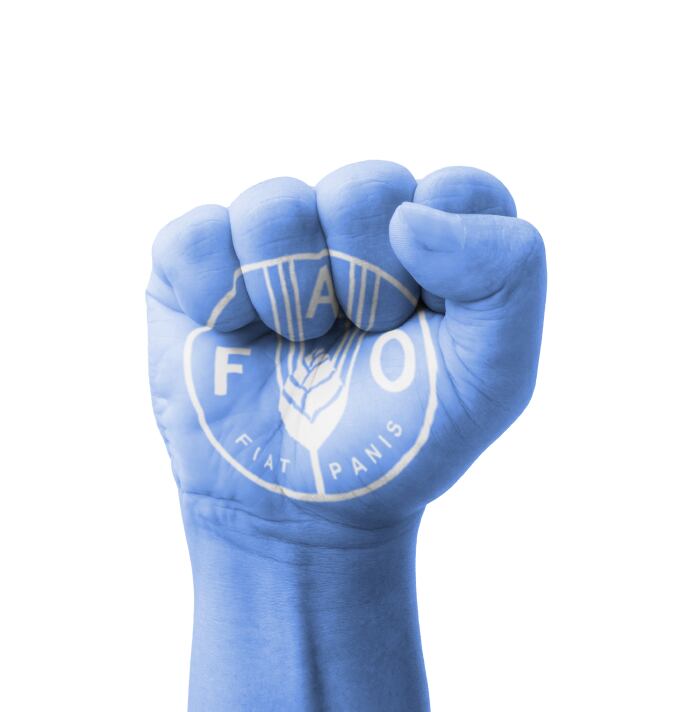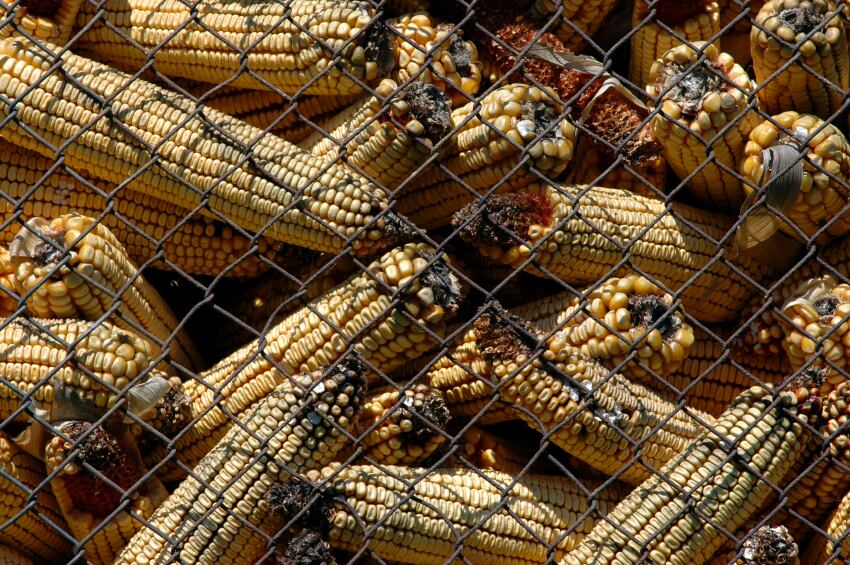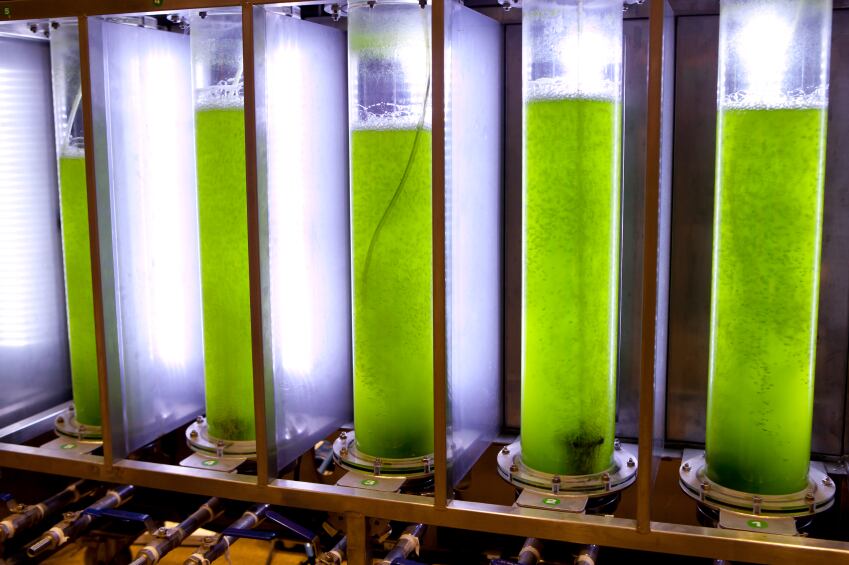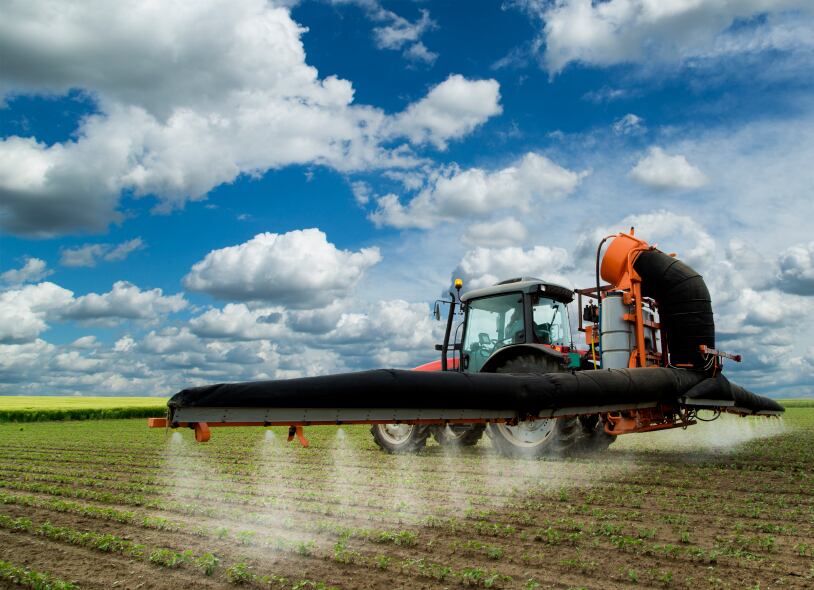The UN’s Food and Agriculture Organization (FAO) and the World Health Organization (WHO) released a joint summary of the key findings of the May 12-15 symposium today.

The range of potential hazards linked to feed is wide and possibly on the rise as new ingredients like insect protein, former foodstuffs and algae derived additives enter into the fray, found the experts.
And they said the local feed production environment and specific production processes are critical to the pervasiveness of such risks.
In order to provide countries with the tools they need to manage feed safety, the Rome meeting stressed there was now a need for Codex to include explicit consideration of feed when developing or revising Codex standards or codes of practice for biological and chemical contaminants.
Daniela Battaglia, livestock development officer in the Animal Production and Health Division of the FAO, told FeedNavigator:
“The five-day symposium proved extremely constructive mainly due to the work put in by our expert line-up in trying to capture all the potential risks posed by feed as well as identifying knowledge gaps on feed related hazards from the perspective of human and animal health.
Their recommendations are already being acted on and we had great reaction to our findings from regulators, individual government and private sector representatives at a side event run during the 38th session of the Codex Alimentarius Commission in Geneva in June.
Both events showed a greater priority is being placed on the importance of feed safety in the feed and food chain globally with the Codex Committee on Food Hygiene meeting in Boston in November set to consider the deliberations of the experts at our Rome meeting."
Feed hazard database development
The role of the feed industry in generating data to facilitate risk assessment as well as that of national authorities and international bodies to ensure that such data are produced was also emphasized during that May event.
And Battaglia told us both the FAO and the WHO have already started their collaborative project to document feed related risks – one of the recommendations arising out of the Rome symposium.
“The WHO’s Global Environment Monitoring System - Food Contamination Monitoring and Assessment Program (GEMS/Food), which informs governments, Codex and other relevant institutions, as well as the public, on levels and trends of contaminants in food, currently does not contain any information on animal feed risks. We are now working at expanding it to include such hazards. I can’t put a timeline on it but we want this up and running sooner rather than later,” she said.
The meeting, said Battaglia, also recognized the differences that exist between countries in relation to their regulatory frameworks for feed, in particular between high-, middle- and low-income countries, and the impact this can have on the potential to manage such hazards and underlined the need for capacity building globally.
Key findings on feed ingredients
The Rome conclusions were informed by publicly available literature, by information provided through a call for data, as well as the experts present during the symposium, reported the FAO.
And the experts involved said they did not prioritize any particular one or any group of hazards, because of differences in their potential presence in feed according to geographical area, production system and kind of feed.

Mycotoxins
The meeting concluded there are likely to be many, as yet, unrecognized mycotoxins, given that there are many thousands of fungal species, each producing many secondary metabolites that have not been assessed for toxigenicity:
“This presents an ongoing challenge for monitoring, risk assessment and risk management and in this context the meeting highlighted the importance of mitigating mycotoxin contamination along the feed chain. Preventive measures range from crop rotation and resistance breeding to inoculation with microbial antagonists and storage management. Continuous monitoring is essential and efficient detoxification strategies are needed to deal with outbreaks and the risks posed by low level exposure.”
Insects as feed
The experts said, to date, there is little information in the public domain about the hazards associated with insects for use in feed and this is an critical gap to be addressed for regulatory purposes. “Efforts to establish guidance in relation to standardization of insect rearing and processing practices will help to ameliorate risks, acknowledging that production scale and local requirements will have a significant influence on the approach taken,” they added.
Algae
The event noted that algae may concentrate many chemical elements, including toxicologically relevant ones such as arsenic, chromium, cadmium, lead and essential elements that can be toxic at excess doses like iodine depending on the algal species and the medium on which algae are grown.

More information is needed, they said, about the potential of different algae to accumulate toxic elements, and the influence of environmental conditions, as well as the conditions influencing the accumulation of toxins in algal species and the potential carry-over, if any, of toxins from feed to edible tissues and products.
Krill
Krill can be a valuable source of aquaculture feed and may lead to lower exposure to conventional hazards linked to aquaculture feed such as mercury, found the experts. In terms of specific hazards, it may contain relatively large amounts of fluoride compared to conventional fish feed but if needed the excess fluorine can be addressed by removing the exoskeleton before processing into feed, said the specialists.
Former foodstuffs
The meeting concluded that the global trend for food waste reduction has led to an increase in the recycling and reuse of former food and food processing by-products in the feed chain, which, if not well managed, can lead to a greater potential risk for emerging hazards in feed.
“While this [reuse of former foodstuffs] can be an important pathway for waste conversion, it is critical from a safety perspective that the feed chain is not used as a means to dispose of degraded or contaminated foodstuffs.
Given the diversity of inputs, the range of hazards relevant to feed from these sources could be very broad ranging from heavy metals, pesticides, dioxins and polychlorinated dibenzo-furans, mycotoxins, and residual processing aids, packaging materials, particularly from former food products, and microbial hazards, which can increase particularly in high moisture former food.”
The experts called for increased communication between food and feed regulators and industries on how to limit the diversion of contaminated food products to feed.

Pesticides
The Rome meeting also concluded the metabolism and toxicity of specific pesticides used in plants intended for feed production should be examined prior to pesticide authorization and the establishment of maximum residue levels (MRLs) for feeds and foods of animal origin.
And the team noted existing authorization mechanisms and MRLs may not always reflect the extent of all plant products that may end up in feed.
Additionally, they said that if these plant products are subject to processing, residues may concentrate in by-products that are used as feeds.

